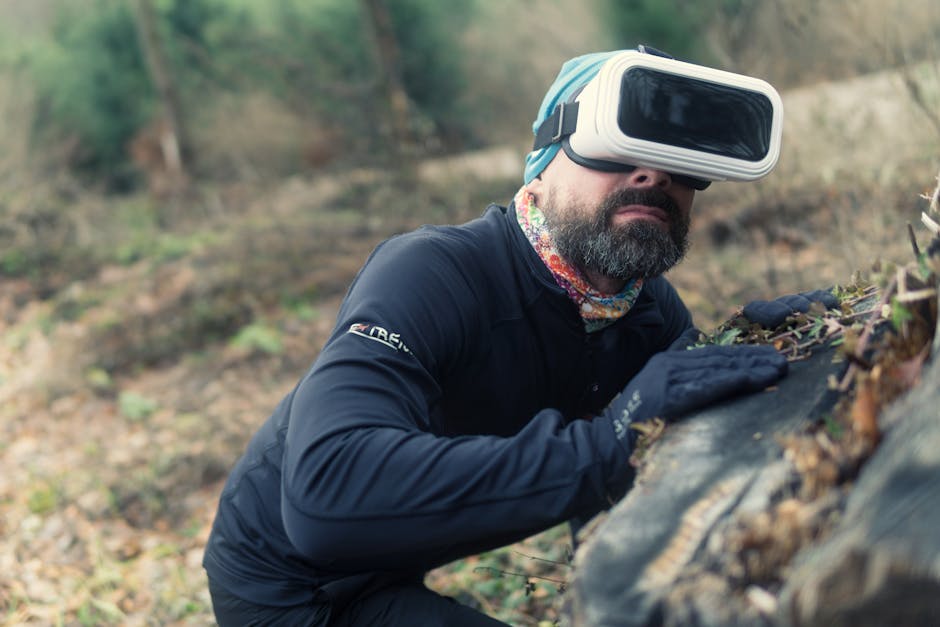Exploring Bioenergy Innovations for the Future
Did you know that about 15% of the worlds energy comes from bioenergy? This includes energy produced from organic materials like plants and animal waste. As we face climate change and energy shortages, bioenergy offers exciting solutions. Lets dive into the world of bioenergy innovations and see what the future holds!
What is Bioenergy?

Bioenergy refers to energy that comes from biological materials. This includes things like crops, wood, and even food waste. When we convert these materials into energy, we can power our homes, vehicles, and industries.
A common form of bioenergy is biofuels. These are fuels made from living matter. For example, ethanol, often made from corn, powers many cars today. it’s a cleaner alternative to gasoline.
Why is Bioenergy Important?

Bioenergy plays a vital role in our energy mix for several reasons:
- Renewable: Unlike fossil fuels, bioenergy sources can regenerate quickly.
- Reduces Waste: Using waste products for energy helps decrease landfill use.
- Lower Emissions: Bioenergy often emits less carbon dioxide than fossil fuels.
These benefits make bioenergy a key player in our transition to sustainable energy. But how is technology changing this field? Lets explore some innovative advancements.
How are Innovations Shaping Bioenergy?

Technology is transforming bioenergy in many ways. Here are a few exciting innovations that stand out:
1. Advanced Biofuels
Advanced biofuels are made from non-food crops. This means we can produce fuel without taking food away from people. Scientists are now working with algae and waste materials to create these fuels.
For example, some companies are turning sewage into biofuel. They use bacteria to break down waste, producing methane that can be used for energy. This process not only generates power but also cleans up waste!
2. Bioenergy with Carbon Capture and Storage (BECCS)
BECCS is a game-changer. It captures carbon dioxide (CO2) produced during bioenergy generation and stores it underground. This helps lower greenhouse gas emissions. Experts believe that BECCS could be crucial in combating climate change.
According to a report by the International Energy Agency, BECCS could remove about 1.5 gigatons of CO2 from the atmosphere annually by 2030. that’s like taking 300 million cars off the road!
3. Biogas Production
Biogas is another promising innovation. it’s produced by anaerobic digestion, where microorganisms break down organic material in the absence of oxygen. This process produces methane gas, which can be used for cooking or heating.
Farmers can generate biogas from manure, while households can use food scraps. This method not only provides energy but also reduces odors and harmful emissions from waste.
What Are the Challenges of Bioenergy?

While bioenergy offers fantastic solutions, it also faces challenges:
- Land Use: Growing energy crops can compete with food production and lead to deforestation.
- Cost: Some bioenergy technologies are still expensive to develop and implement.
- Public Perception: Some people worry about the environmental impact of large-scale bioenergy projects.
Addressing these challenges is essential for bioenergy to reach it’s full potential. But what can we expect in the future?
What Does the Future Hold for Bioenergy?
The future of bioenergy looks bright, filled with possibilities:
- Improved Efficiency: Ongoing research aims to make bioenergy conversion processes faster and cheaper.
- Integration with Other Renewables: Combining bioenergy with solar and wind can create a more balanced energy system.
- Stronger Policies: Governments are beginning to develop supportive regulations for bioenergy projects.
As innovations continue to unfold, we can expect bioenergy to play an even larger role in our energy landscape.
How Can You Get Involved?
You don’t have to be a scientist to support bioenergy. Here are some simple ways to get involved:
- Educate Yourself: Read up on bioenergy and it’s benefits. Knowledge is power!
- Support Local Policies: Advocate for policies that promote renewable energy in your community.
- Reduce Waste: Composting and recycling can help provide materials for bioenergy.
Many organizations work toward advancing bioenergy. Consider joining local efforts or global campaigns. Your voice can help push for a sustainable future!
Conclusion: The Promise of Bioenergy
Bioenergy innovations hold significant promise for a sustainable future. With their ability to reduce waste, lower emissions, and provide renewable energy, they are vital for addressing global challenges.
As technology continues to advance, we can expect more exciting developments in the field. We all have a role to play in supporting these innovations. Lets keep the conversation alive and work together for a greener planet!
For more information, check out the International Renewable Energy Agency. They provide insights on renewable energy trends.



